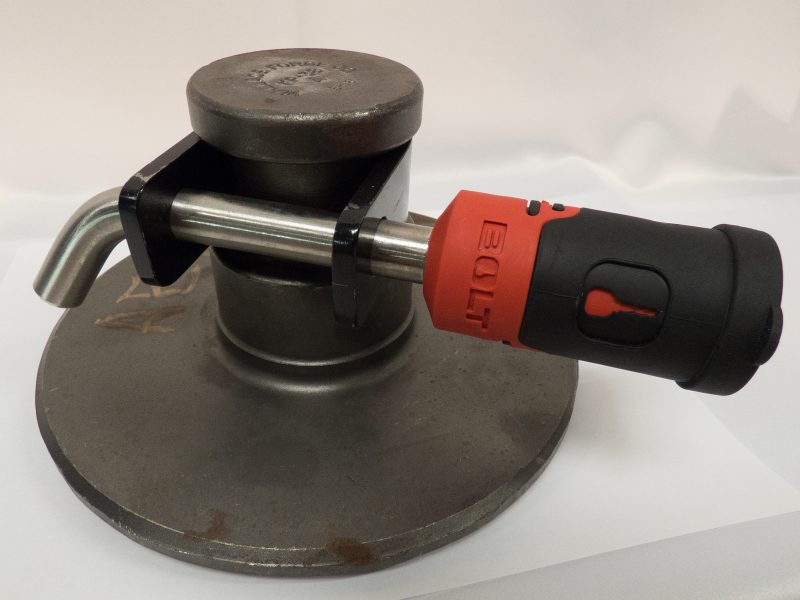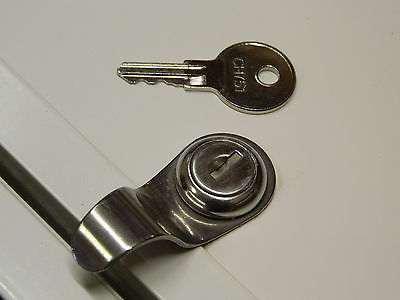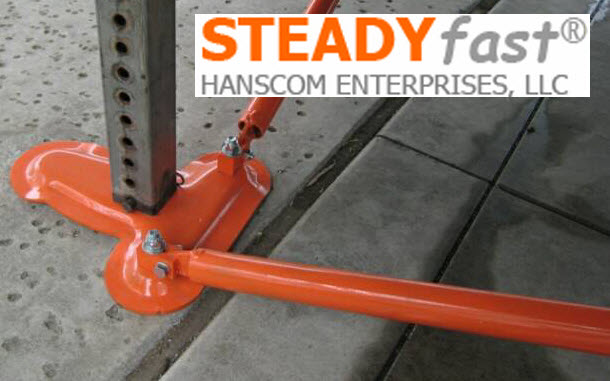A recent tragedy at a motorcycle race spurred us at THA to inform the general public about Carbon Monoxide (CO). It sounds like a good idea, many camping places sell these propane fueled “safe” portable heaters. They include cutoffs that monitor for leaks, and CO build up. What a great tool to heat the toy hauler’s expansive living areas where the OEM heater just doesn’t cut it sometimes. But how safe are they really? That question I pose without an answer, but just a pause for thoughts… thoughts about what I’m about to explain about CO.
A “sealed” toy hauler really isn’t sealed, as we’re sure most of you know. However, for the purpose of this information, we will assume it’s sealed. Carbon Monoxide is created when fuel is burned. More specifically, most fuel requires oxygen to burn, and the  oxygen atom splits then combines with carbon and creates CO, Carbon Monoxide. Propane, Gasoline, Diesel, wood, coal… it all produces CO as a byproduct. When you breath in CO, it replaces the oxygen in your blood. It will cause you to pass out and then slowly shut down your organs. For healthy adults, CO becomes toxic when it reaches a level higher than 50 ppm (parts per million) if constant exposure for eight hours. At higher levels than that, symptoms of exposure become prevalent. Mild exposure over a few hours (a CO level between 70 ppm and 100 ppm) include flu-like symptoms such as headaches, sore eyes and a runny nose. Medium exposure (a CO level between 150 ppm to 300 ppm) will produce dizziness, drowsiness and vomiting. Extreme exposure (a CO level of 400 ppm and higher) will result in unconsciousness, brain damage and death. If you are awake, you will notice it’s effects starting… simple but key indicators, and most people know to get to fresh air when you feel that way. However, if you are asleep, your body will simply shut down in just minutes.
oxygen atom splits then combines with carbon and creates CO, Carbon Monoxide. Propane, Gasoline, Diesel, wood, coal… it all produces CO as a byproduct. When you breath in CO, it replaces the oxygen in your blood. It will cause you to pass out and then slowly shut down your organs. For healthy adults, CO becomes toxic when it reaches a level higher than 50 ppm (parts per million) if constant exposure for eight hours. At higher levels than that, symptoms of exposure become prevalent. Mild exposure over a few hours (a CO level between 70 ppm and 100 ppm) include flu-like symptoms such as headaches, sore eyes and a runny nose. Medium exposure (a CO level between 150 ppm to 300 ppm) will produce dizziness, drowsiness and vomiting. Extreme exposure (a CO level of 400 ppm and higher) will result in unconsciousness, brain damage and death. If you are awake, you will notice it’s effects starting… simple but key indicators, and most people know to get to fresh air when you feel that way. However, if you are asleep, your body will simply shut down in just minutes.
The built-in heaters, water heaters, and generators in your trailer or RV vent exhaust outside. However, there is still a chance 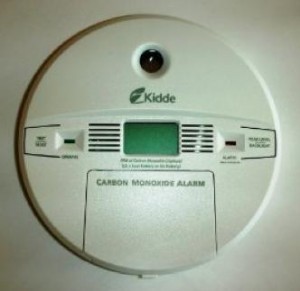 that the exhaust could come back into the trailer, and so most modern rigs include a CO detector. The detector looks like a smoke detector, and most are mounted about half way up a wall, near the sleeping areas. We can not stress how vital it is to make sure this is working, and never, ever disable it. Almost every appliance in your RV or trailer produces CO, even the refrigerator when powered by propane. If you have an older trailer or RV with out a CO detector, we recommend you purchase and install one. They are available at most hardware or convenience stores like Target for a nominal cost. The manufacturer always have mounting instructions included, but we have some simple suggestions:
that the exhaust could come back into the trailer, and so most modern rigs include a CO detector. The detector looks like a smoke detector, and most are mounted about half way up a wall, near the sleeping areas. We can not stress how vital it is to make sure this is working, and never, ever disable it. Almost every appliance in your RV or trailer produces CO, even the refrigerator when powered by propane. If you have an older trailer or RV with out a CO detector, we recommend you purchase and install one. They are available at most hardware or convenience stores like Target for a nominal cost. The manufacturer always have mounting instructions included, but we have some simple suggestions:
- CO has a density of .966, to normal air density of 1.0. As such, CO is lighter than air will rise and accumulate high.
- Mount it as high as it can be, and still be readable.
- Mount it where it is out of reach of children.
- Mount it in an area that gets natural air circulation, not in a corner.
- Mount it near sleeping areas, and/or in non-direct proximity to fuel burning sources.
If you hear your CO detector alert, get outside immediately. Only after you get fresh air, should you reenter your trailer or RV, open the door(s) and windows to vent the CO. It is advisable, if you can not determine the source, that you turn off your propane tanks at the source, and take your rig to a repair shop before using it again. If you feel you know the problem, or can diagnose it, you can attempt the repair, and then test your repair. Make sure the CO detector is operational, and re-light the sources. Stay outside of the rig while testing. Your should be able to hear the CO detector from outside… they are quite loud. Allow reasonable time for CO to build up until you feel safe the repair is completed. Some CO detectors have a digital display that will show you the level of CO in the area and can be moved from area to area to assist in diagnosis. All detectors have a test button, and it’s vital that you test it’s function frequently, and before you leave for a trip.
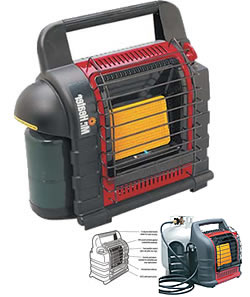 The use of the portable safe heaters is at your discretion. They are intended for use in enclosed areas, and have built in design to be safe for that use. If you do use them, please make sure your CO detector is working and mounted properly. Portable camp stoves or outdoor propane heaters are not designed for indoor use, and EXTREMELY dangerous. Please, never use them for indoor heating.
The use of the portable safe heaters is at your discretion. They are intended for use in enclosed areas, and have built in design to be safe for that use. If you do use them, please make sure your CO detector is working and mounted properly. Portable camp stoves or outdoor propane heaters are not designed for indoor use, and EXTREMELY dangerous. Please, never use them for indoor heating.
For more information, please visit the FEMA/US Fire Administration site here; http://www.usfa.dhs.gov/citizens/all_citizens/co/index.shtm

